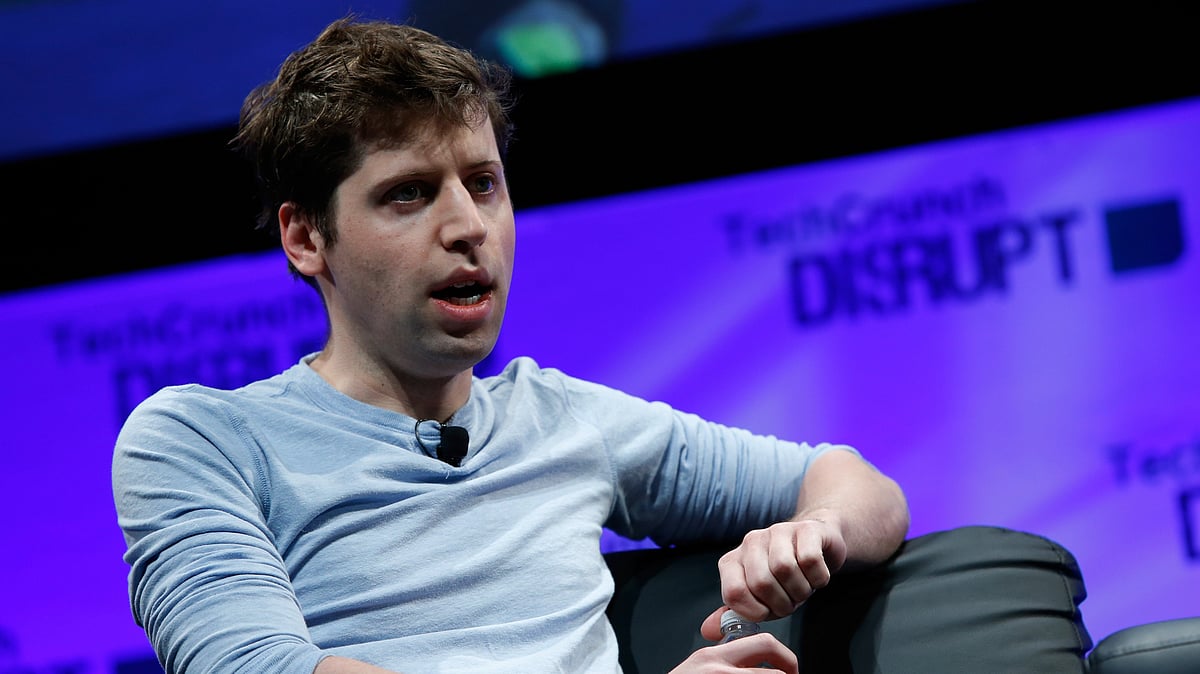At a time when AI software and applications have become commonplace in daily life and businesses around the globe, ChatGPT’s maker, OpenAI, has written a cautionary note on AI and how it might be progressing faster than expected.
OpenAI tries to distinguish between AI as conventional technology and the potential emergence of “superintelligence,” which OpenAI believes could pose a catastrophic risk. “The potential upsides are enormous; we treat the risks of superintelligent systems as potentially catastrophic,” OpenAI said.
In a detailed blog post, OpenAI’s artificial intelligence lab has argued that there is a significant gap in the way AI is perceived and its true, rapid advancements.
While the majority of the population can only utilise AI in the form of Chatbots, OpenAI has stated that its systems can already outperform humans in “challenging intellectual competitions.”
In order to mitigate any potential risks originating from AI, OpenAI’s artificial intelligence has called for new safeguards, urging frontier AI companies to agreed on a shared safety principle. This is quite similar to the way society developed building codes.
OpenAI also advocated for an “AI resilience ecosystem”, comparing the need to the creation of the cybersecurity field. It added that no “superintelligent systems” should be deployed without robust methods to align and control them.
Despite the cautionary note, however, OpenAI admitted that AI can be revolutionary in the fields of drug development, climate modelling, and personalised education.
“AI systems will help people understand their health, accelerate progress in fields like materials science, drug development, and climate modelling, and expand access to personalised education for students around the world,” the post read.
OpenAI’s cautionary note on AI comes at a time when the company is gearing up for its debut on the stock market, with the Silicon Valley giant already gobbling up a valuation of half a billion dollars.
